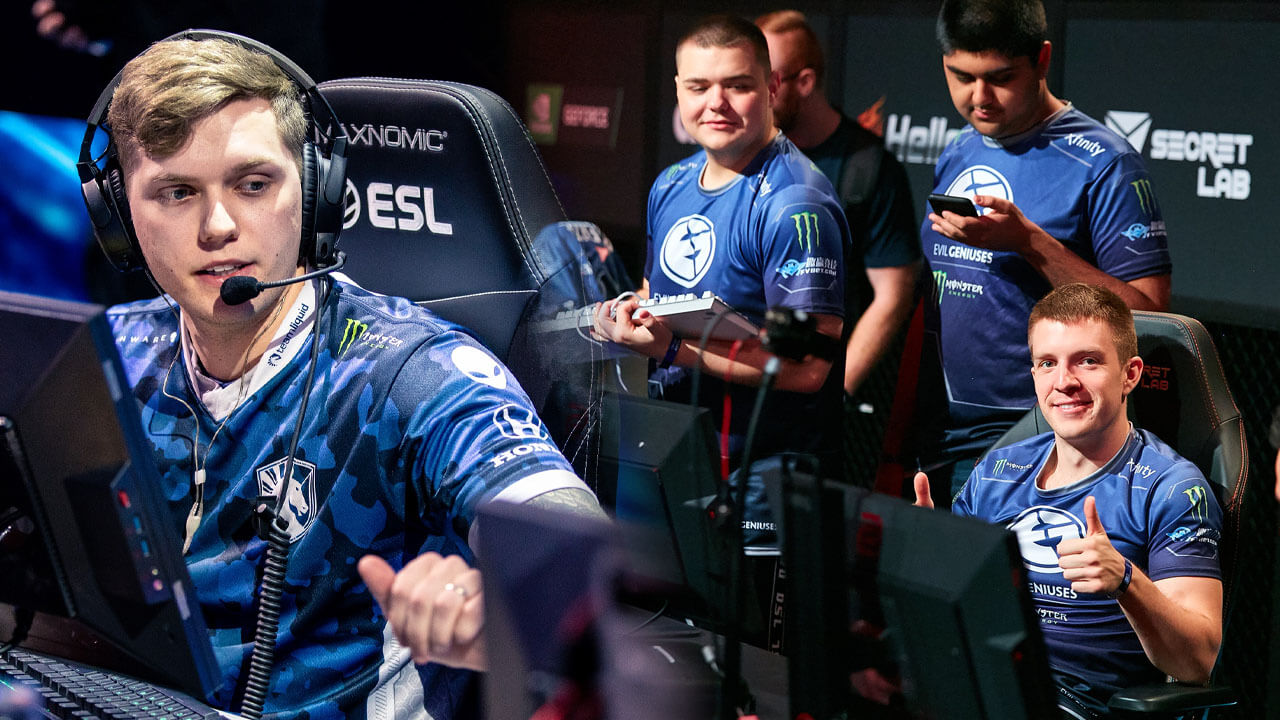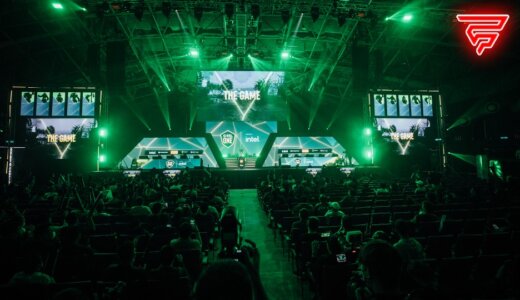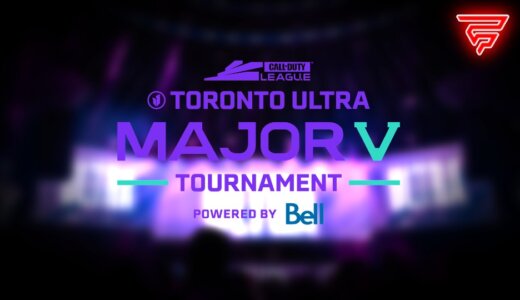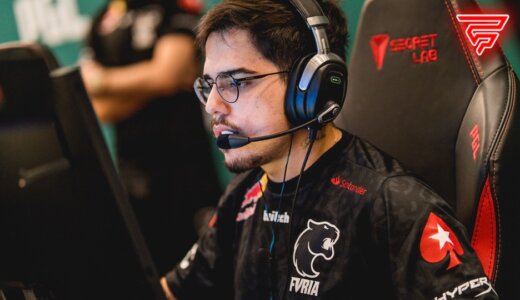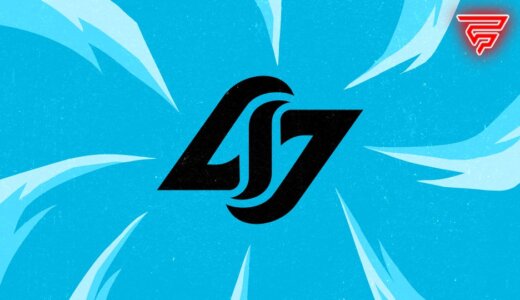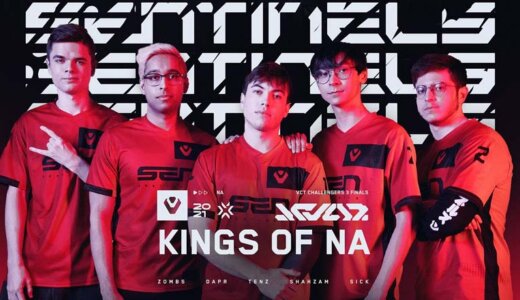Ever since the beginning of the pandemic, we have only been allowed a few sparse glimpses into the head-to-head comparison between Europe and North America. During BLAST Premier: Fall Series, we finally got to see top NA teams on European soil, as they got the chance to prove themselves against their overseas opponents – to disappointing results. So what is the current state of North American CS:GO?
There’s no arguing that the past few months have been difficult to digest, even for esports. Apart from the playoffs of the League of Legends World Championship, there hasn’t been any meaningful LAN event for the better half of a year. The stress of constant online competition is slowly wearing the players out – with no end in sight.
But recently, Evil Geniuses and FURIA got to represent North America during BLAST Premier: Fall Series – albeit online. We all know how this went. Two quick Best-of-Three losses sent both teams down into last place of their respective groups. Even MIBR, whose roster was only constructed a few days before the start of the event, managed to put up a better show.
On top of that, there is additional outside pressure. A new esports title, VALORANT, is slowly shaking up the shooter scene and has led players to leave their ‘home esports’ in search of success in RIOT’s new game. Titles like Fortnite, PUBG, or Overwatch have recorded quite a few departures, but no other scene is as heavily impacted by this as North American Counter-Strike.
STEEL, FNS, VICE, WARDELL…
Countless players have turned their backs on CS:GO, hoping for a second chance in VALORANT. Daniel “vice” Kim, who had previously represented Rogue CS:GO alongside Spencer “Hiko” Martin, is now part of the new Cloud9 lineup. Joshua “steel” Nissan and Hiko have found their ways to the 100 Thieves, Matthew “Wardell” Yu has signed with TSM and is playing alongside former CS:GO colleagues like Yassine “Subroza” Taoufik and James “hazed” Cobb.
A large part of the North American Tier 2 and 3 scene has departed, leaving behind a gaping hole in the domestic competition. Between the top organizations and the amateurs, there is only a thin layer of semi-professional teams who can help players on their way to the top. But VALORANT is pulling away big names as well.
NITR0 HEADING TO VALORANT
There are quite a few notable figures amongst those departing players. For instance, Nick “nitr0” Canella had been the in-game-leader of the internationally successful Team Liquid. As part this organization, he won events like IEM Sydney or ESL One Cologne, which only a few legendary teams have managed to. But still, he left the game.
From the outside, this might seem like a bad decision. But from his perspective, it all makes sense: He has achieved everything he thinks possible with Liquid. The team’s form – upon his departure and now – doesn’t inspire a lot of hope in them claiming international titles anytime soon. So if there’s no way to improve, he can only join a smaller team and try to lead it to victory. But what would be his options?
Evil Geniuses already field a capable shotcaller. Peter “stanislaw” Jarguz puts up a better performance. Until recently, he has led his team to tourmament victories on a regular basis. After that, the NA playing field dries out. Without 100T in Counter-Strike, Chaos would be the only legitimate candidate. There, nitr0 would never receive a comparable salary and would have to do a lot of ground work before he can even think of competing internationally.
His dilemma is a symbol for the struggles of North American Counter-Strike. There are only few successful and lucrative teams. Outside of the Top 5, there are mostly only semi-professional teams or those who don’t have any financial backing at all.
WHY DO SO MANY PLAYERS JUMP SHIP?
This gets to the core of the problem: money. VALORANT is new, exciting, and RIOT employs developers who know how to do esports. Organizations are heavily interested in getting a headstart and establishing themselves in this game early on.
Many of those players, who had to fight for every penny in CS:GO, are now full-time professionals. They boast a regular income and can attend regularly scheduled tournaments. In such a young game, some players have already become top talents, like Wardell and Tyson “TenZ” Ngo.
Obviously, there is no guarantee that VALORANT will stay relevant in the long run. Public interest has already gone down. The hype had worn off significantly even between the beta and the official release. The viewing figures remain fairly consistent, but aren’t particularly impressive. The success of this game entirely depends on RIOT’s resilience. How long will they continue sinking money into this game in order to mold it into a world-class esport?
But this isn’t even relevant for the players right now. They are competing in a fairly polished and stable shooter. Their livelihoods are secured and they have a shot at international fame, which has been kept from them in Counter-Strike.
WHY ISN’T EUROPE IMPACTED BY THIS?
All these aspects only partially hold true for European competition. The scene has a much broader foundation and offers support structures for dozens of organizations. Even teams like ALTERNATE aTTaX, who mostly only compete on a national level, attend enough tournaments and have enough sponsors to hold their heads above water. This pool of organizations is incredibly deep and offers players outside the regional Top 20 a living wage.
For this reason, there are only few players who actually made the jump to VALORANT. Players like Adil “ScreaM” Benrlitom are already way past their expiration date and would arguably never make it back onto a relevant CS:GO team. VALORANT offers a second (or even third) chance.
IS NA CS REALLY DYING?
Similarly to Europe, this process doesn’t involve the heavy-hitters. Naturally, the North American talent pool is much smaller, but Team Liquid and Evil Geniuses will continue to exist for a long time. With regards to young talent, one only has to take a good look at Chaos. This roster is bursting at the seams with upcoming talent. This is perhaps best embodied by Nathan “leaf” Orf. His performance has already led to multiple unfounded cheating allegations. With 16 years of age, his career has only just begun.
Michael “Grim” Wince, Liquid’s new fifth man, is another perfect example for fresh talent making its way into the higher echelons. NA might not produce the same volume of star players as Europe, but the newcomers keep popping up. Additionally, the top players are rarely the ones fleeing the scene. All those players who are dominating VALORANT right now didn’t have a great future ahead in CS:GO. This is not just because of insufficient support, but because they don’t have what it takes to make it.
THE TOP TALENT IS STAYING
Before he became one of the best North American VALORANT players, TenZ was unable to keep up with Cloud9’s CSGO division, who themselves couldn’t manage to hold their own internationally. Wardell competed under Ghost Gaming and Rogue, where he wasn’t a particularly noticeable player. The same holds true for Pujan “FNS” Mehta, who hasn’t been worthy of commanding a top-tier team in quite a long while. Even though he has found success lately as part of Chaos, steel will probably never get to attend a CS:GO Major ever again. He would have to be content with staying just one step shy of a big breakthrough – provided that his team wouldn’t just replace him with an IGL who is not banned by Valve.
Russel “Twistzz” VanDulken, Ethan “Ethan” Arnold, Jonathan “ELiGE” Jablonowski, Tarik “tarik” Celik… the Counter-Strike scene continues to burst with talented North American players. Granted, right now Liquid and EG fail to retain the level we are used to seeing. But they’re working hard to recover. A few online matches on European soil certainly don’t signal the end of an entire scene that has slowly risen up ever since 2016.
Those fans, who are loudly proclaiming the death of NA CS, have done so for years. Taking a look at 2019, Liquid and Evil Geniuses rank amongst the best teams of the year. The scene isn’t dead and the players departing to VALORANT will be compensated for, even if it takes a long time to do so.
